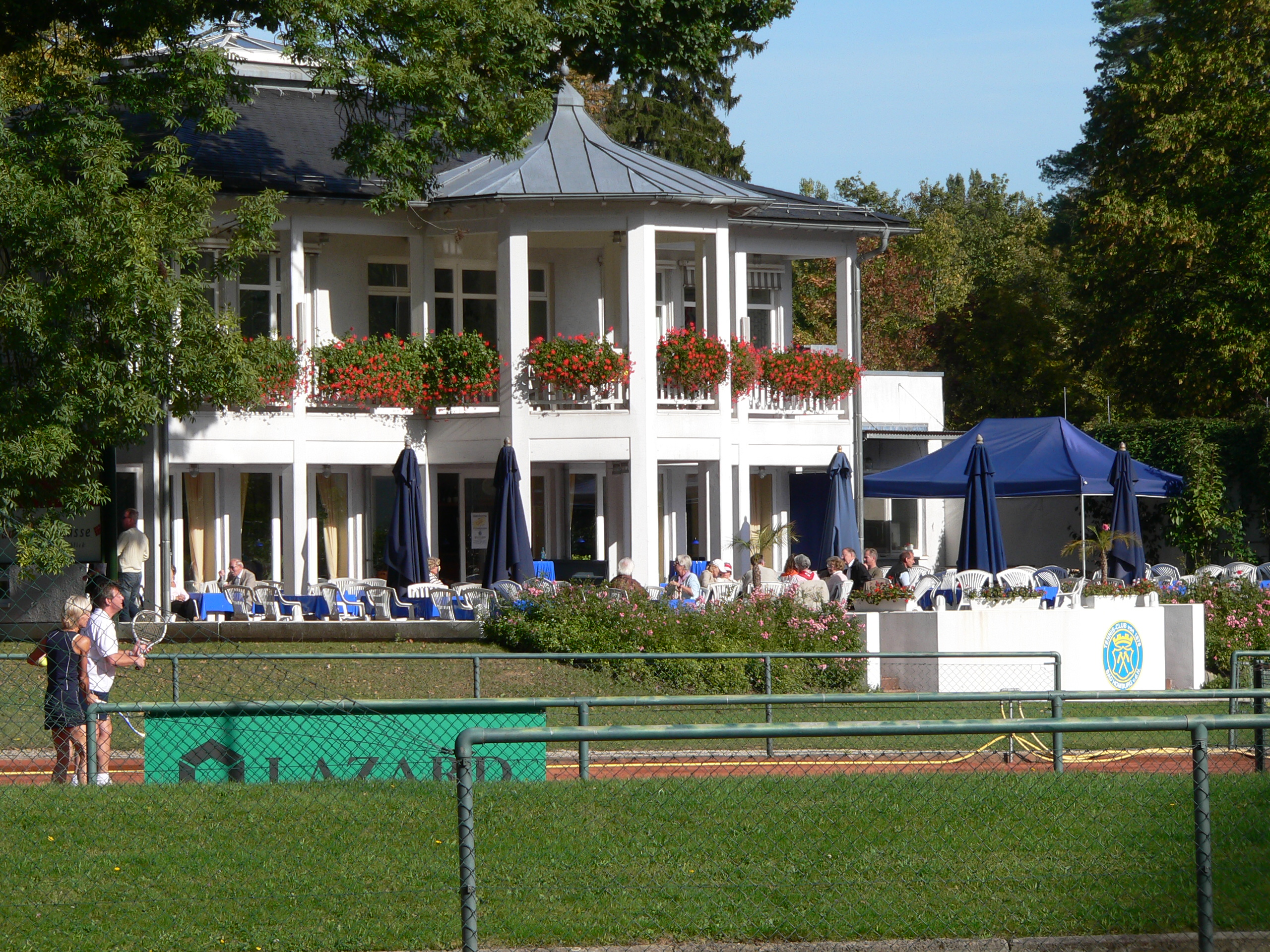Bad Homburg Vor Der Höhe on:
[Wikipedia]
[Google]
[Amazon]
Bad Homburg vor der Höhe () is the district town of the





 As early as 1962, in an excavation under the Hirschgang wing of Bad Homburg Castle, two
As early as 1962, in an excavation under the Hirschgang wing of Bad Homburg Castle, two
Hochtaunuskreis
The Hochtaunuskreis is a ''Kreis'' (district) in the middle of Hesse, Germany and is part of the Frankfurt/Rhine-Main Metropolitan Region. Neighbouring districts are Lahn-Dill, Wetteraukreis, district-free Frankfurt, Main-Taunus, Rheingau-Taunus ...
, Hesse
Hesse (, , ) or Hessia (, ; german: Hessen ), officially the State of Hessen (german: links=no, Land Hessen), is a state in Germany. Its capital city is Wiesbaden, and the largest urban area is Frankfurt. Two other major historic cities are Dar ...
, on the southern slope of the Taunus
The Taunus is a mountain range in Hesse, Germany, located north of Frankfurt. The tallest peak in the range is '' Großer Feldberg'' at 878 m; other notable peaks are ''Kleiner Feldberg'' (825 m) and '' Altkönig'' (798 m).
The Taunus range span ...
mountains. Bad Homburg is part of the Frankfurt Rhein-Main urban area. The town's official name is ''Bad Homburg v.d.Höhe'', which distinguishes it from other places named Homburg. The town has become best known for its mineral springs and spa (hence the prefix ''Bad'', meaning "bath"), and for its casino
A casino is a facility for certain types of gambling. Casinos are often built near or combined with hotels, resorts, restaurants, retail shopping, cruise ships, and other tourist attractions. Some casinos are also known for hosting live entertai ...
.
Bad Homburg was one of the wealthiest towns in Germany (while the Hochtaunuskreis
The Hochtaunuskreis is a ''Kreis'' (district) in the middle of Hesse, Germany and is part of the Frankfurt/Rhine-Main Metropolitan Region. Neighbouring districts are Lahn-Dill, Wetteraukreis, district-free Frankfurt, Main-Taunus, Rheingau-Taunus ...
itself and the Landkreis Starnberg in Bavaria regularly vie for the title of the wealthiest district in Germany). the town used the marketing slogan ''Champagnerluft und Tradition'' (Champagne air and tradition).
History
Medieval origins
Local tradition holds that Bad Homburg's documented history began with the mention of the ''Villa Tidenheim'' in theLorsch codex
The Lorsch Codex (Chronicon Laureshamense, Lorscher Codex, Codex Laureshamensis) is an important historical document created between about 1175 to 1195 AD in the Monastery of Saint Nazarius in Lorsch, Germany. The codex is handwritten in Carol ...
, associated with the year 782. This ''Villa Tidenheim'' was equated with the historic city center, which is called Dietigheim. The local historian Rüdiger Kurth has questioned this traditional story based on his study of written sources and local factors. In 2002, Kurth initiated archaeological excavations by the University of Frankfurt, managed by Professor Joachim Henning. The excavations showed no evidence of settlement between the beginning of the Christian Era and the 13th century. It seems that the historical record in the Eberbach chronicles (''Eberbacher Zeugenreihe'') which mentions Wortwin (or Ortwin) von Hohenberch as Homburg's founder about 1180 is the first solid evidence of the town's existence.



 As early as 1962, in an excavation under the Hirschgang wing of Bad Homburg Castle, two
As early as 1962, in an excavation under the Hirschgang wing of Bad Homburg Castle, two burnt layer
A burnt layer or burned layer in archaeology is a stratum of earth that was formed primarily by the burning of objects or buildings. The extent of the layer is irrelevant. It can be the remains of a campfire as well as the remains of a burned dow ...
s were discovered, which the archaeologist Günther Binding
Günther Binding (born 6 March 1936) is a German art historian and retired professor of art history and urban conservation at the University of Cologne.
Life
Born in Koblenz, Binding, brother of the later sculptor Wolfgang Binding and uncle o ...
interpreted as evidence of two former castles having occupied the site in succession and burnt down.
Further digs by the University of Frankfurt at Bad Homburg Castle in April 2006, again initiated by Kurth and managed by Prof. Henning, revealed only a single burnt layer, from a half-timbered building, possibly a castle with towers, which was dated from ceramic
A ceramic is any of the various hard, brittle, heat-resistant and corrosion-resistant materials made by shaping and then firing an inorganic, nonmetallic material, such as clay, at a high temperature. Common examples are earthenware, porcelain ...
finds to the 12th or 13th century. Most likely this building had an association with Wortwin's "castle". A further cultural layer from an even earlier time may lie beneath these remains. Investigations using carbon-14 dating
Radiocarbon dating (also referred to as carbon dating or carbon-14 dating) is a method for determining the age of an object containing organic material by using the properties of radiocarbon, a radioactive isotope of carbon.
The method was d ...
and micromorphological
{{Wikidata redirect
Spa towns in Germany
Historic Jewish communities in Europe
Hochtaunuskreis
Holocaust locations in Germany